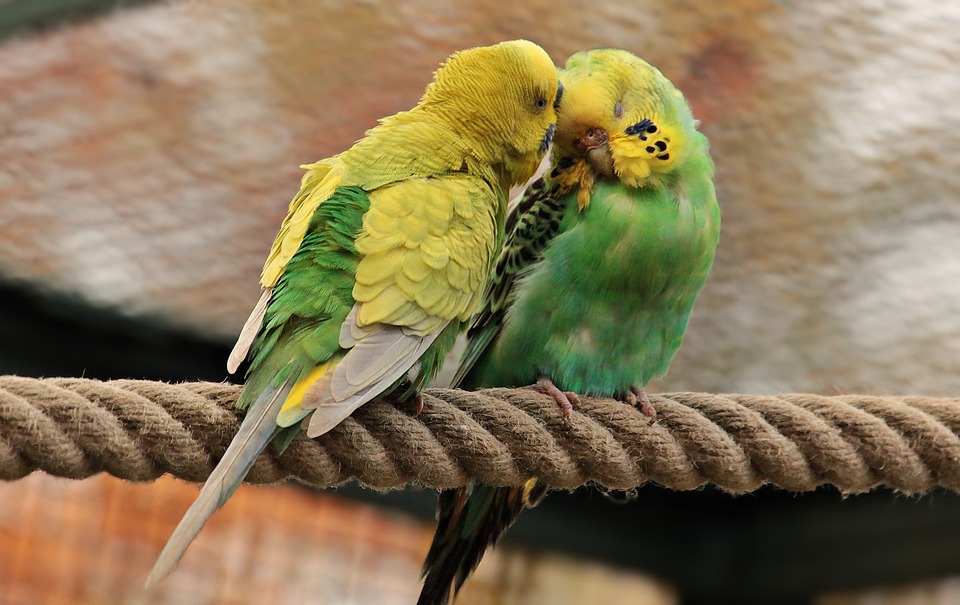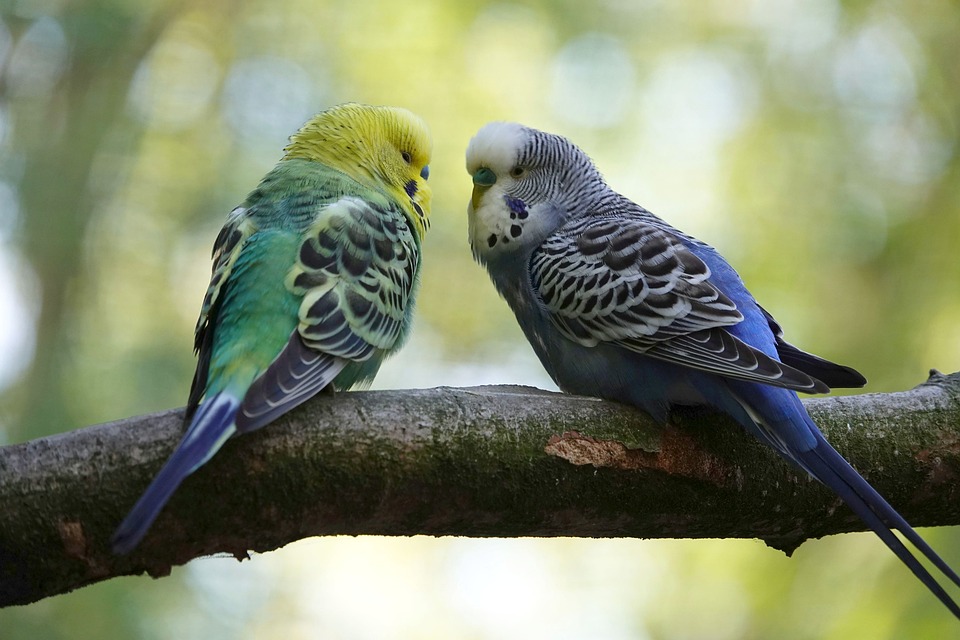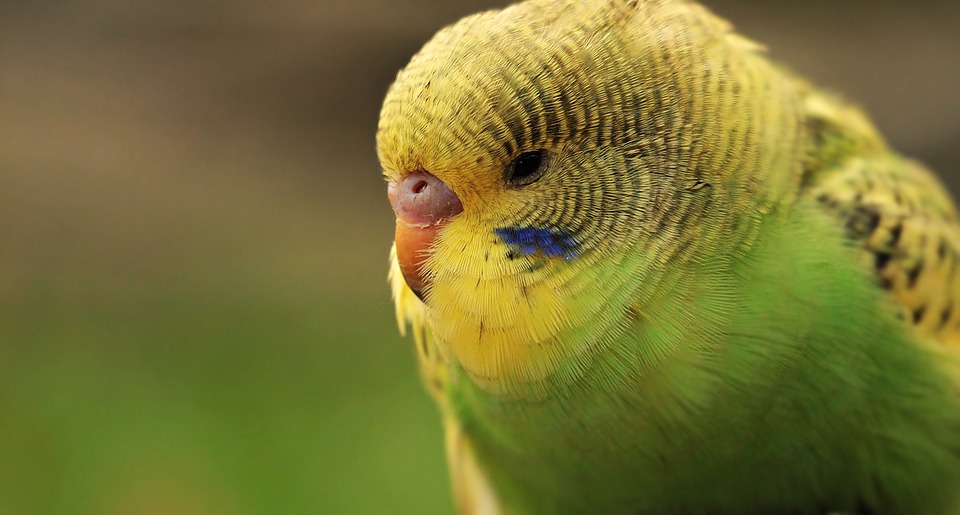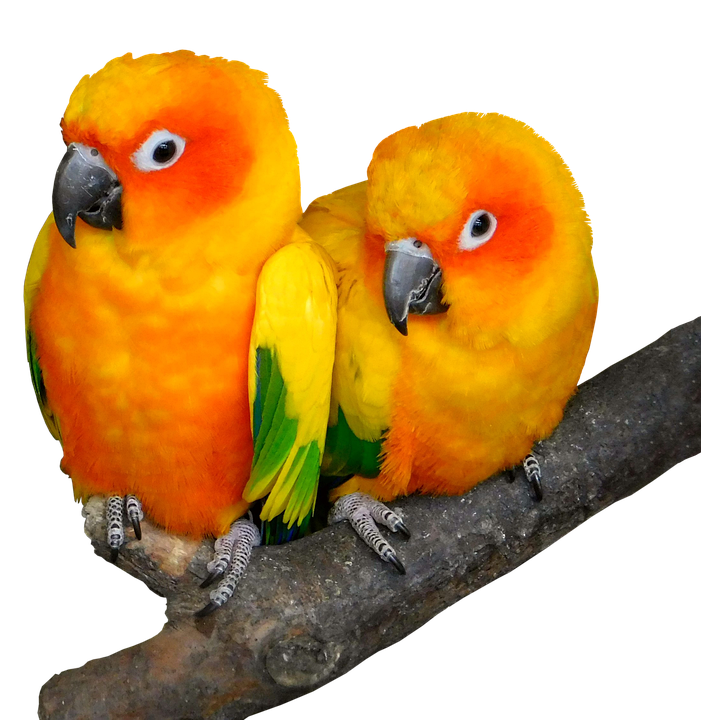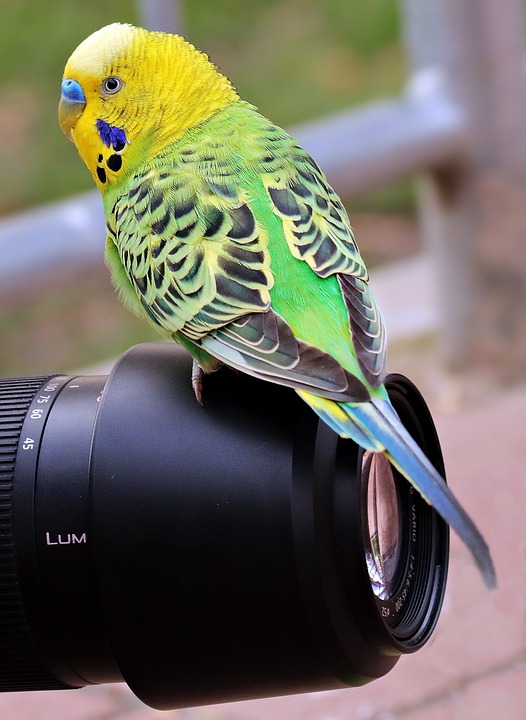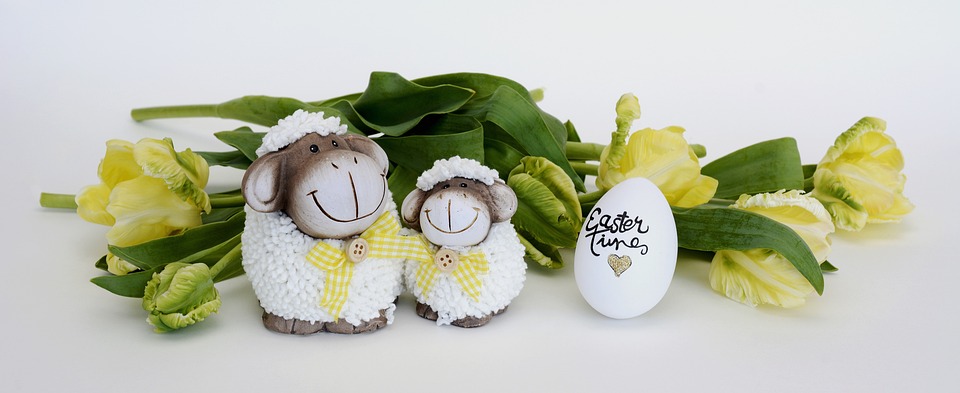Parrots are known for their vibrant colors and ability to mimic human speech, but understanding their behavior is crucial for their well-being and effective communication. One common behavior exhibited by parrots is body shaking, which can provide valuable insights into their emotions and overall health. In this article, we will explore the different types of body shaking in parrots and what they signify.
Feather fluffing and ruffling is a type of body shaking commonly seen in parrots. This behavior involves the parrot fluffing up its feathers and then quickly ruffling them back into place. It serves to realign and maintain the feathers, keeping them in optimal condition.
Wing shaking is another type of body shaking observed in parrots. This behavior involves the parrot rapidly shaking its wings while holding them slightly away from its body. Wing shaking helps to stretch and exercise the wings, promoting blood circulation and maintaining their strength and flexibility.
A full-body shake is a more vigorous shaking motion that involves the parrot shaking its entire body. This behavior is often seen after bathing or when the parrot is trying to dry off its feathers. The full-body shake helps to remove excess water and aids in the drying process.
There are several reasons behind parrots’ body shaking behavior. One common reason is temperature regulation. Parrots have a higher body temperature than humans, and body shaking can help them dissipate excess heat or warm up when they feel cold.
Grooming behavior is another reason for body shaking in parrots. By fluffing and ruffling their feathers, parrots can remove dirt, debris, and parasites, ensuring their feathers stay clean and healthy. This behavior is also a way for parrots to distribute natural oils produced by their preen gland, which helps to keep their feathers waterproof and in good condition.
Social interaction and courtship can also trigger body shaking in parrots. During courtship displays, parrots may perform elaborate body shakes as a way to attract a mate or communicate their interest. Body shaking can also be a form of communication between flock members, indicating their presence and establishing social bonds.
Body shaking can also be an indicator of stress or fear in parrots. When confronted with a threatening or unfamiliar situation, parrots may shake to release tension and display their discomfort. It’s important to identify the underlying cause of stress and address it promptly to ensure the well-being of the parrot.
Additionally, physical discomfort or illness can cause parrots to shake their bodies. Pain, illness, or discomfort can manifest as body shaking, and it’s essential to monitor other symptoms and consult with a veterinarian if necessary.
To address some frequently asked questions about parrot body shaking:
– Body shaking is a normal behavior in parrots, and each type of shaking serves a specific purpose.
– Differentiating between normal body shaking and abnormal shaking can be done by assessing the context, frequency, and associated behaviors.
– Parrots have some control over their body shaking, but certain triggers or situations can elicit involuntary shaking.
– Frequent body shaking can be a cause for concern, especially if it is accompanied by other behavioral changes or physical symptoms.
– While certain parrot species may exhibit body shaking more frequently, it is not exclusive to any particular species.
– If body shaking is related to stress or fear, providing a safe and comfortable environment, along with positive reinforcement, can help alleviate the parrot’s distress.
In conclusion, understanding parrot behavior, including body shaking, is crucial for their well-being. By observing and interpreting their body language, we can gain insights into their emotional state and address any potential issues promptly. If unsure about a parrot’s body shaking, it is always advisable to consult with an avian veterinarian or an experienced bird behaviorist for professional guidance.


